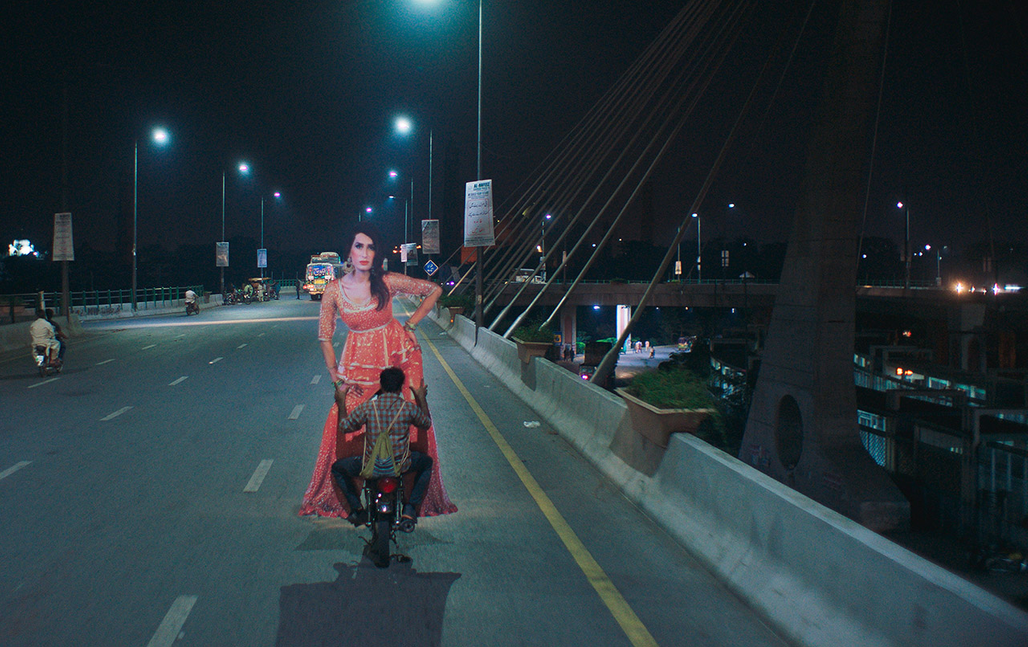
Joyland, Saim Sadiq’s vision

How can one flourish in a patriarchal and conservative society? It's a question that preoccupies the Pakistani Saim Sadiq and runs through Joyland, his first feature film. It follows the difficulties of the last son of the Rana family, whose parents beg him to continue the family line, whereas in secret, the young man joins an erotic dance troupe where he falls for a transsexual artist.
What inspired you to begin work on this film?
Joyland has been the most introspective experience of my life. I got the idea of this romantic drama back in 2015 as a means for me to investigate the ideas of desire, masculinity and femininity. For me this story was a very fertile ground to investigate my own place in the patriarchal society that I belong to, that has made me and damaged me all at the same time. As I continued working on the film, I realised that the conflicts of my characters were unfortunately far more universal than I had initially thought them to be.
Please describe your working method.
My working method involved a lot of prep work with my team in building the world to the extent that it would feel real to us before we started shooting. Joe Saade, Sana Jafri, Kanwal Khoosat and Zoya Hassan, as leaders of my team, were extremely integral for this film because we were all on the same page the day we started shooting.
Please describe the atmosphere on set.
The atmosphere on set was very, very emotional because of the sensitive nature of the film. We had many days on set when a cast member would break down after shooting a scene. Once while shooting a very important dance performance sequence of the film, even our choreographer got overwhelmed and started crying. Simply from the fact that it was possible to make this film about a taboo subject. At these moments, the team had to pull together and lift up their spirits.
Please share a few words about your actors.
I think I was blessed to have had a wonderful ensemble of actors that range from non-actors to veterans of Pakistani film and television. They knew that this was an ensemble film and required all of them to gracefully step aside at times to allow another actor the space to take over the film and they all did that beautifully.
What did you learn during the course of making this film?
The biggest lesson for me in the making of this film was that there is no one way of making a film as a director. For too long we have romanticized an image of directors as stern and self-absorbed beings who constantly demand respect and authority. But this film taught me that making a film can actually be an act of shedding your ego and an act of being vulnerable. It has taught me that considering your collaborators – actors, cinematographer, producers, production designer, composer etc. – as equal artists and taking care of them on set when need be is perhaps one of the most integral and least talked about facets of being a director.
What is your cult film and why?
My cult film changes every week but these days I have thinking a lot about Agnès Varda’s Le Bonheur. The first time I saw it was when I was first ideating over Joyland. It’ll probably be the first film I watch when I go home after Cannes.


